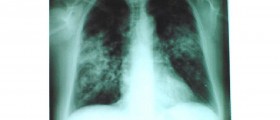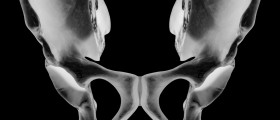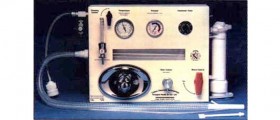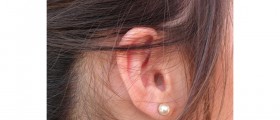
Post-Traumatic Stress Disorder (PTSD): Therapies & Meds
Posttraumatic Stress Disorder, or PTSD, is a psychiatric disorder that can occur in people after they have experienced or witnessed some life-threatening events.

Differences between Sleep Apnea and Sleep Enuresis
There are many sleep disorders and the two most common among them are sleep apnea and sleep enuresis. The only similarity between them is that they happen during the night, but the pathophysiological process causing them is completely different.

Gout and Pseudogout: Diagnosis & Treatment
Gout and a pseudogout are similar conditions caused by different crystal deposits in joints.

What you should know about baldness
Baldness, also known as alopecia, is a condition characterized by the hair loss, or absence of hair. Baldness is usually most noticeable on the scalp, but can occur anywhere on the body where the hair actually grows.

Sarcoidosis Treatment
Sarcoidosis is an immune system disorder which is usually characterized by thespecific tiny lumps of cells also called non-necrotizing granuloms.

Diagnosis: Chronic Diarrhea
Diarrhea is a specific and very common disorder characterized by an increase in the amount, frequency and wateriness of bowel movements.

Snapping Hip Syndrome
Snapping hip syndrome is a specific syndrome which is characterized by an audible snap or click that occurs in or around the hip. Although this syndrome is well recognized it is very poorly understood. Snapping hip syndrome may be painful or painless.

Colonic Irrigation: Colon hydrotherapy
Colon hydrotherapy is a specific procedure in which a gentle and safe infusion of water is pumped into the colon through the rectum. What makes this procedure so good?

Stapedectomy for Otosclerosis
Otosclerosis is a specific condition in which new and unwanted bony tissue is formed in the bone which surrounds the inner ear. This new bone contains many blood vessels and therefore it is much less hard than the normal bone.

Eye Pressure Implications
Intraocular pressure (IOP) also called the eye pressure, is the fluid pressure inside the eye. It may become elevated due to anatomical problems, inflammation of the eye, genetic factors, or as a side-effect from taking some medications.

